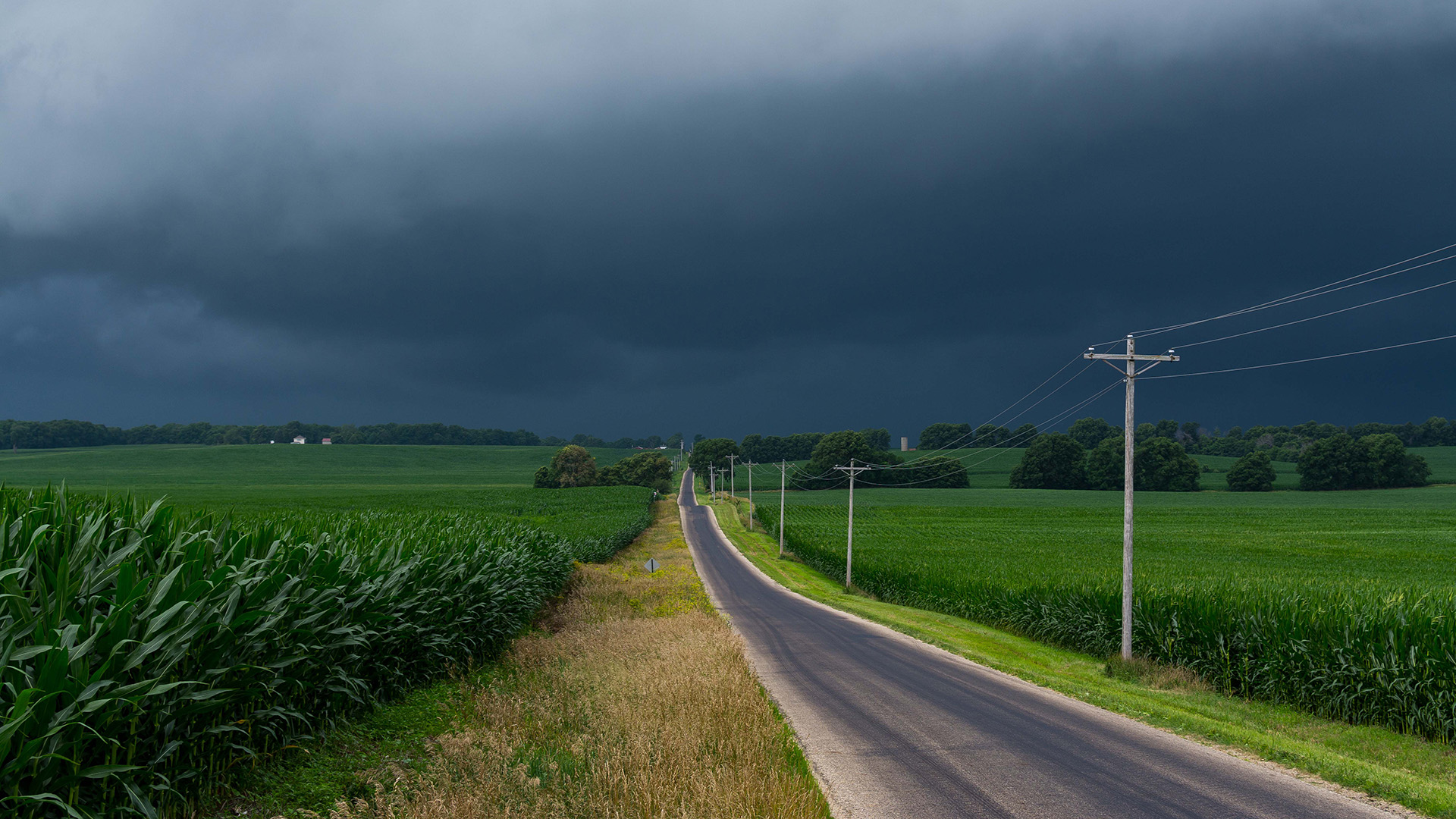Game-changing, heaven-sent rains have saved this year’s crop, and unlike other inputs, they’re free
The 2023 growing season will be marked by two significant crop-saving weekends — the first weekend in July and the first weekend in August. During both in central Illinois, there were game-changing rains, so to speak, that brought much-needed moisture, several inches in some places.
Some early season dry weather is okay, as it forces the plants to develop a stronger rooting system
The planting season for both corn and soybeans began during the typical timeframe of April under ideal soil conditions. Farmers were upbeat about the prospects of a great crop, as there was plenty of moisture for good germination but not too much in the soil profile that would cause significant compaction from the tillage, fertilization and planting equipment going over the fields.
Farmers typically plant around 34,000 seeds per acre (imagine a football field for an acre) of corn and around 140,000 soybean seeds per acre. Most corn is planted in 30-inch rows and a majority of soybeans are planted in either 15- or 30-inch rows.
After a planting season that was smooth sailing, the water spigot shut off the first week of May. This was followed by prolonged dryness and temperatures well into the 90s for a good portion of June. Some early season dry weather is okay, as it forces the plants to develop a stronger rooting system as they search deeper into the soil profile for moisture. Strong, deep roots can pay dividends for plants if strong winds develop when the plant is top heavy with a full ear of corn later in the growing season.
By mid-June, the leaves on the corn plants were showing the stress of the heat and dryness by what the farm community refers to as “leaf rolling.” This is a defensive posture for corn plants as their leaves roll during the heat of the day to preserve moisture and reduce transpiration. Transpiration is basically a process by which the leaves exhale water vapor. If the leaves are opened up and flattened out, they will gather sunlight during the day for photosynthesis but they also exhale more water vapor. Rolling of the leaves reduces the exposed surface area.
By June’s end, the corn crop looked to be doomed if we didn’t get any rain come the most critical 10-day time period for corn, which is tasseling and pollination. In some areas, there had been no significant rainfall for nearly two months.
Just a decade ago, during the drought of 2012, I witnessed many fields in the southern part of the state in which corn yields were zero because of lack of rainfall, hot weather, and in essence the failure of pollination or fertilization of corn plants. We were at the cusp of that critical time in the Peoria region the last week of June.
And then the heavenly rains came just in time. Precipitation accompanied by cooler weather enabled good pollination and kernels were able to get established on the ear.
Rains over that three-four day time period during the last couple days of June and first weekend in July carried the crop to the next significant rain event the first weekend in August. Throughout the month of July, the soil profile had gradually dried out once again before the farm community was gifted with another significant rain event. In some areas of southern Peoria County, the floodgates opened with measured amounts of up to 7 inches of rain. Even though these rains were excessive in some areas, it was overall a huge yield maker for both corn and soybeans.
Heading into the latter half of the growing season, August and early September rains still play a critical role for final yields. For corn, these late-season rains are adding kernel size and weight and for later maturing soybeans, the rains are preserving the number of beans in a pod — typically three — and also adding weight.
Each crop growing season is different. 2023 has been a roller coaster of wet time frames and serious dryness. Even with much-improved seed genetics, precision placement of fertilizer, and fungicide applications, farmers still rely on the most valuable inputs to produce a crop, and they are free: sunshine and rainfall.





